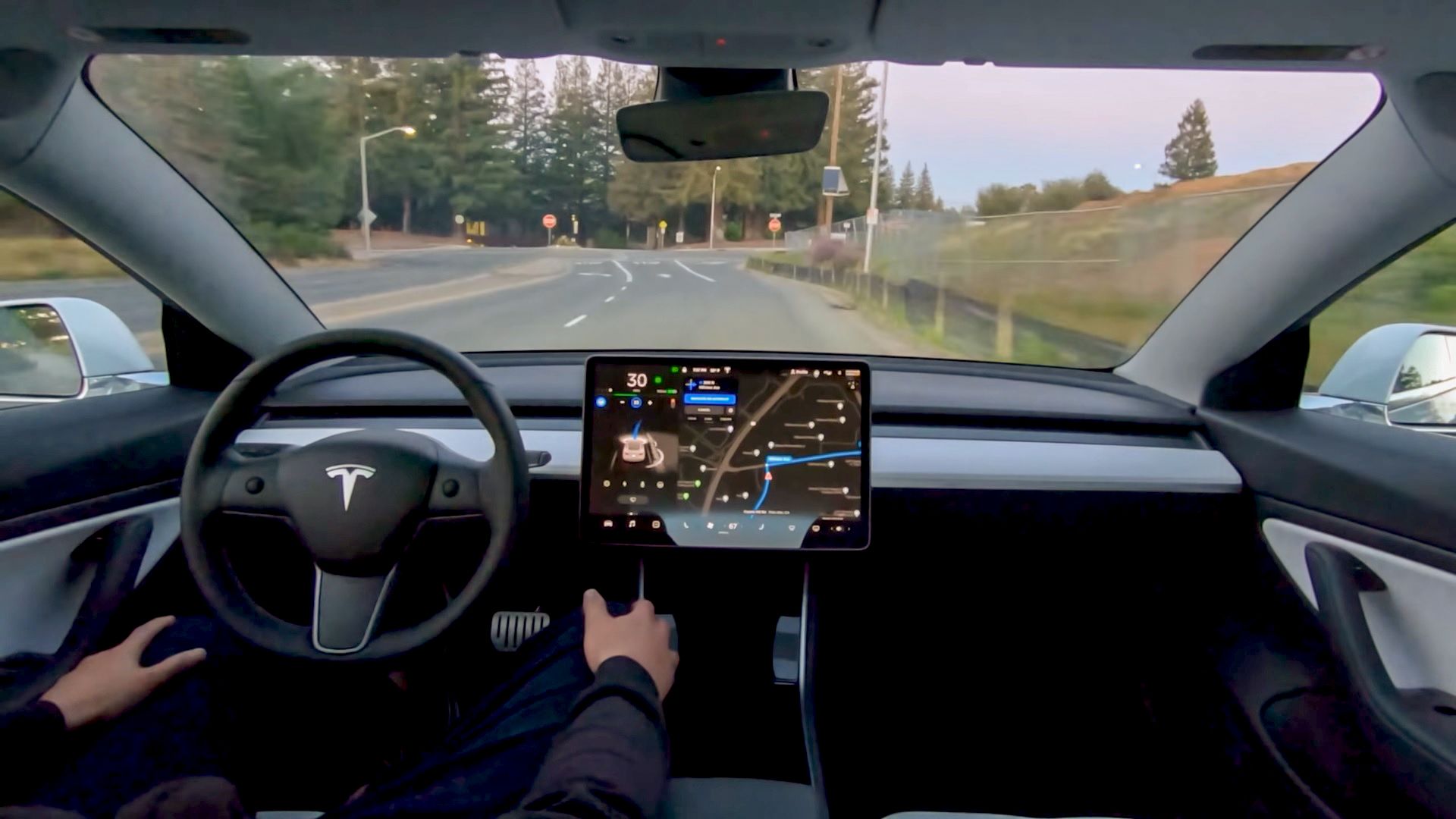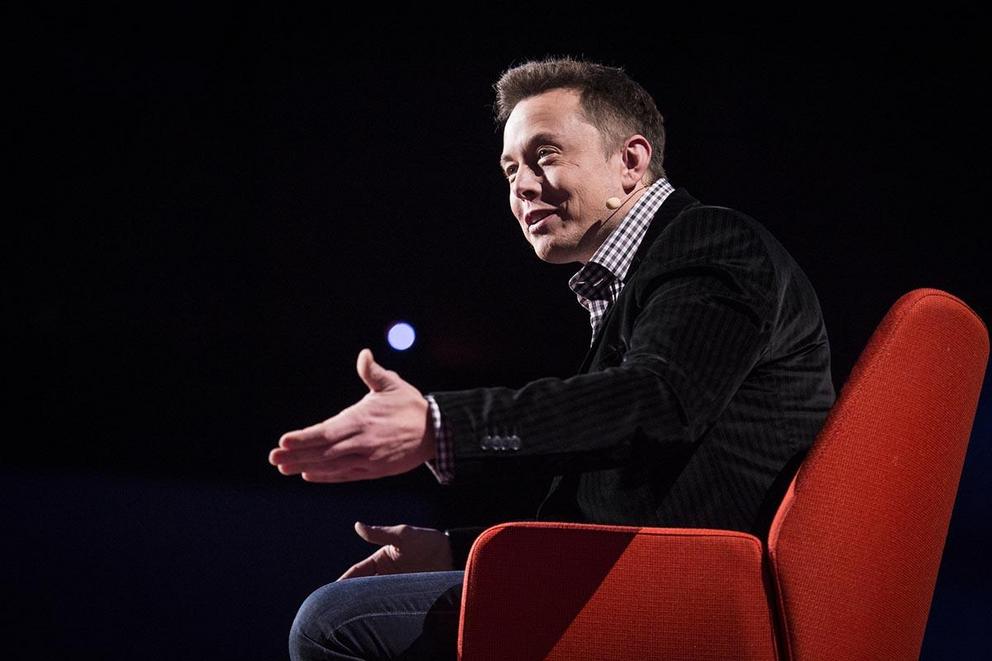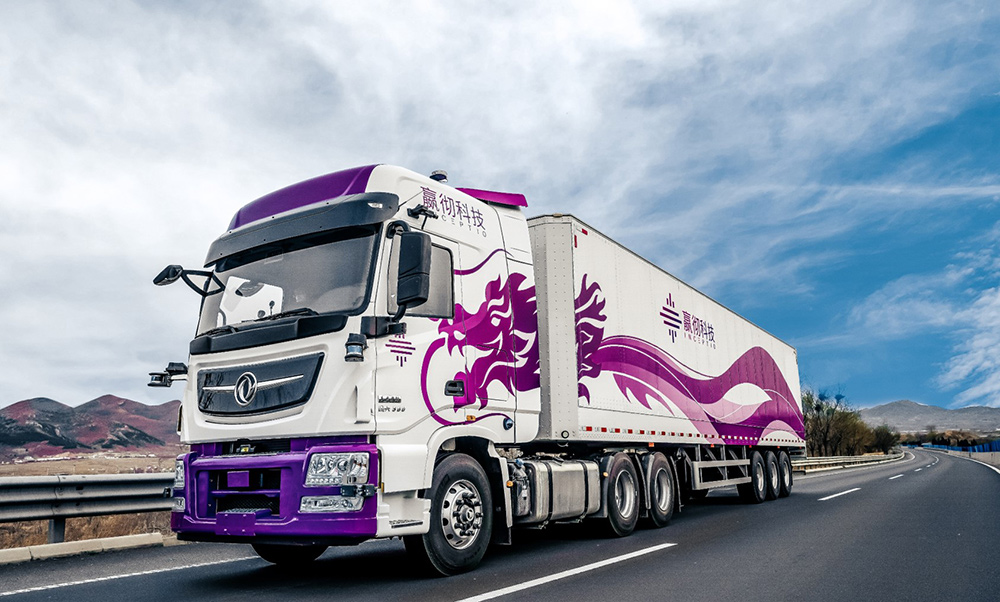The United States auto safety regulator, the National Highway Traffic Safety Administration (NHTSA), is delving into Tesla’s Autopilot driver assistance system, demanding answers regarding a recent software alteration that allows drivers to keep their hands off the steering wheel for an extended period, potentially heightening the risk of collisions. Documents made public on Tuesday unveil the regulatory body’s concerns and inquiries.
In a special order dated July 26, the NHTSA summoned Tesla to provide clarification on the modifications to the Autopilot system and to furnish relevant documentation. This order, while not mandating a vehicle recall, does underscore the growing challenges that regulators confront in overseeing rapidly evolving automotive technologies that can be transformed overnight through over-the-air software updates.
The NHTSA, in its formal communication to Tesla, expressed apprehension that the extended relaxation of control over the vehicle could lead to increased driver inattention and a failure to adequately supervise the Autopilot system’s operations. The agency is seeking comprehensive information, including the date of implementation of the software update, the scope of its applicability across Tesla’s vehicle fleet, the rationale behind its incorporation, and any instances of collisions or near-miss situations involving vehicles equipped with this updated software.
“NHTSA is concerned that this feature was introduced to consumer vehicles and, now that the existence of this feature is known to the public, more drivers may attempt to activate it,” the agency conveyed in its communication to Tesla.
This move by the NHTSA spotlights the intricate task regulators face in keeping pace with swiftly evolving vehicle technologies that can fundamentally alter the nature of driving with a mere software tweak. The questions raised by the NHTSA are a direct consequence of the ever-growing interplay between innovation and safety.
In April, Elon Musk, Tesla’s Chief Executive, took to Twitter to announce the gradual reduction of alerts that prompt drivers to keep their hands on the steering wheel. These alerts are part of the system designed to ensure driver engagement while using Tesla’s “Full Self-Driving” (FSD) capability. Musk’s recent affirmation, responding with a “Yeah” to a statement lauding the removal of these alerts, sheds light on the significance the company places on enhancing user satisfaction with their autonomous driving technology.
We are gradually reducing it, proportionate to improved safety
— Elon Musk (@elonmusk) April 6, 2023
This development comes at a crucial juncture, as Tesla is poised to face a significant trial later this year, defending its technology’s safety amid allegations that failures in the Autopilot system contributed to a fatal accident. The outcome of this trial will undoubtedly test Musk’s assertions regarding the safety and reliability of Tesla’s advanced driving systems.
Yeah
— Elon Musk (@elonmusk) August 28, 2023
In the wake of these revelations, Tesla’s stock witnessed a 7% surge in late trading on Tuesday, surpassing broader market trends. Acting head of the NHTSA, Ann Carlson, disclosed to Reuters that the investigation into Autopilot’s performance is reaching a conclusion.
Carlson, speaking about the broader issue of driver attention, emphasized the importance of driver monitoring systems accounting for human tendencies to overly rely on technology. As major automakers compete to deploy hands-free driving technology under specific conditions, stringent monitoring systems are being implemented to ensure that drivers remain attentive and capable of taking control at a moment’s notice.
Notably, traditional automakers like General Motors and Mercedes-Benz are entering the arena with their own autonomous driving technologies, competing with Tesla’s Autopilot. However, their systems incorporate more robust monitoring mechanisms to ensure driver attentiveness and quick intervention if required.
The NHTSA’s ongoing investigation into Autopilot’s performance was prompted by a series of incidents involving Tesla vehicles colliding with stationary emergency vehicles. The agency is also examining whether Tesla’s driver assistance systems effectively guarantee driver attention during their operation.
In June 2022, the NHTSA escalated its inquiry into 830,000 Tesla vehicles, elevating it from a preliminary investigation to an engineering analysis—a precursor to potentially ordering a recall if deemed necessary.
While the Autopilot system is intended to enable automated steering, acceleration, and braking within a lane, Tesla’s “Enhanced Autopilot” and “Full Self-Driving” systems take on more complex driving tasks. It is important to note that Tesla consistently emphasizes that these technologies necessitate active driver supervision and do not render the vehicle fully autonomous.
The special order issued by the NHTSA requires Tesla to furnish documents and explanations by August 25 to facilitate the agency’s investigation. Delays in response could result in penalties of up to $26,315 per day. The outcome of this investigation could potentially shape the future trajectory of autonomous driving regulations and technology advancements.







